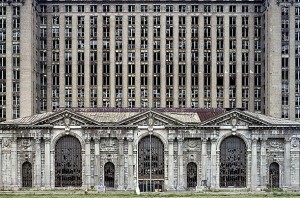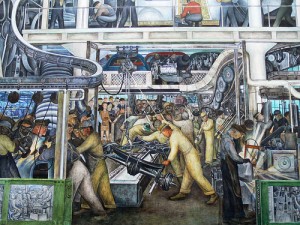ANOTHER CITY IS POSSIBLE: Come hear some of the best thinkers in Vancouver and talk about the future of the city
A series of coffeehouse events hosted by Matt Hern and following up on his new book COMMON GROUND IN A LIQUID CITY: ESSAYS IN DEFENSE OF AN URBAN FUTURE. Each event will feature presentations by featured speakers and a short reading, with lots of time for conversation, questions and discussion. It’s a great opportunity to meet, talk, argue and consider the future of Vancouver with some compelling thinkers.
These events are all free. Please pre-register. You are welcome to just show up – but if you pre-register we’ll save you a seat – there are only 30 spots and they’ll all be full.
To sign up contact Matt Hern – matt@mightymatthern.com
SUNDAY, JANUARY 17th, 6:00 pm
Rhizome Café (Broadway and Kingsway)
All great cities have a certain flavour and vitality. How does a city get that life and vitality? How does Vancouver get some flavour?
-with-David Beers, Michael Geller, Joan Seidl, Marcus Youssef and Matt Hern
THURSDAY, JANUARY 28th, 7:00 pm
Riddim and Spice (1945 Commercial Dr. – at 3rd)
A great city has to take care of its people. But what does security mean? What is real safety? Who has a right to the city? How might Vancouver be designed so that ‘city air’ really does make people free?
-with-Am Johal, David Eby, Harsha Walia, Lance Berelowitz and Matt Hern
SATURDAY, JANUARY 30th, 7:00 pm
Riddim and Spice (1945 Commercial Dr. – at 3rd)
What is a great city? Should Vancouver even be trying to be one? What would a great city look like here?
-with-Frances Bula, Erick Villagomez, Gord Price, Carm Mills, Dustin Rivers and Matt Hern
SUNDAY, JANUARY 31st, 1:00 pm
The Purple Thistle Centre
(975 Vernon Dr. – at Parker)
A great city has to be an ecological city. What should urban agriculture look like here? What does ‘food security’ really mean? Can a real city feed itself – should it even try? Does ‘greening’ the city undermine its social vitality?
-with-David Tracey, Conrad Schmidt, Cease Wyss and Matt Hern and co-sponsored by COPE’s Freedom of Speech Series.
 Follow
Follow


